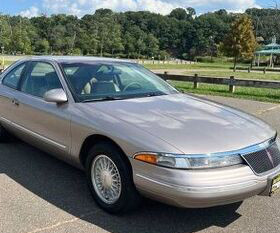Interim NREL Report on In-Use Azure Balance Gasoline Hybrids in FedEx Fleet Finds Substantially Lower Tailpipe Emissions, Similar Fuel Economy to Diesels
Green Car Congress
JUNE 12, 2010
Fuel economy was similar between the gHEVs and diesel vehicles, except for the highest kinetic intensity drive cycle where the hybrid exhibited ~20% higher fuel economy. NREL collected and analyzed data for in-use fuel economy and fuel costs, maintenance costs, total operating costs, and vehicle uptime.














Let's personalize your content